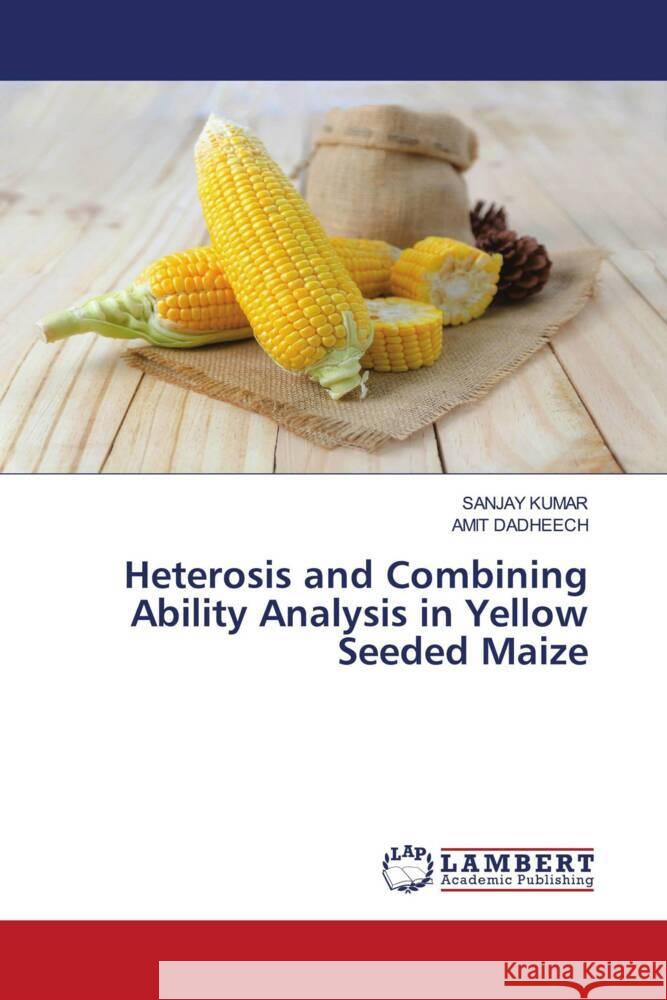Heterosis and Combining Ability Analysis in Yellow Seeded Maize » książka
Heterosis and Combining Ability Analysis in Yellow Seeded Maize
ISBN-13: 9786202921343 / Angielski / Miękka / 96 str.
Maize (Zea mays L.; 2n = 20) is a new world coarse cereal belonging to the family Poaceae and tribe Maydeae. Maize is known as the "queen of cereals" due to its highest productivity among the cereals followed by rice and wheat. Maize grain contains about 70 per cent starch, 9 percent protein, 2 per cent sugar, 4 per cent oil. In India, maize is grown in both kharif and rabi seasons with a share of 85 per cent and 15 percent, respectively. The maize is cultivated for grain, fodder, green cobs, sweet corn, baby corn, popcorn, throughout the year. The predominant maize production states are Karnataka 12.38 per cent, Maharashtra 12.33 per cent and Madhya Pradesh 12.32 per cent. The development of hybrids is important to increase yield per se and enhance resistance for important diseases. So, the selection is done based on per se performance, genetic diversity and combining ability of the parents. The concept of line × tester analysis was developed by Kempthorne (1957). It is a modified form of a top cross used for measuring general and specific combining ability variances and effects in a large number of germplasm lines at a time.











